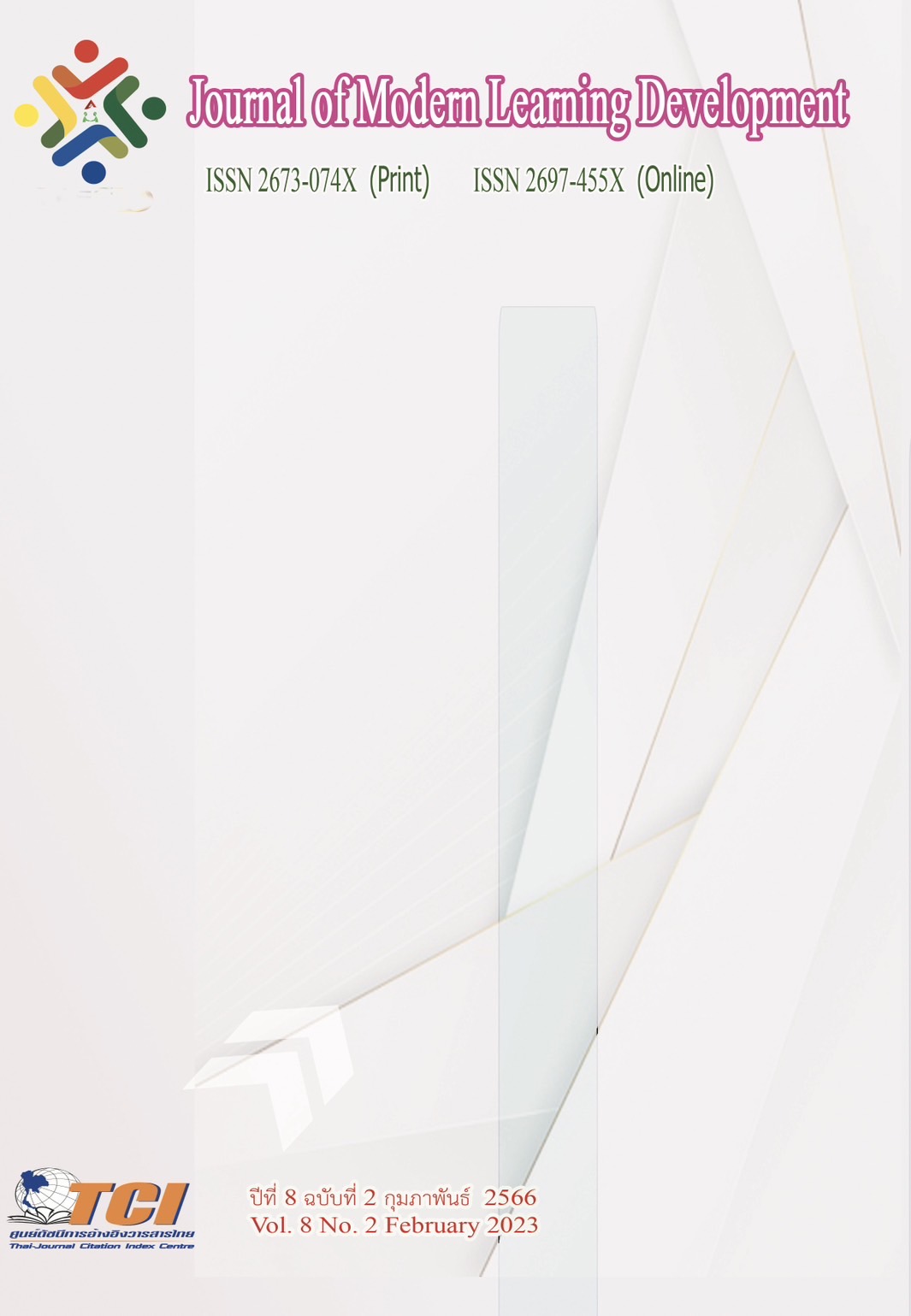Product Concept Development of Curcuma Comosa Roxb Herbal Medicine for Consumers in Vientiane, Laos People's Democratic Republic
Main Article Content
Abstract
The objectives of this research were 1) to study the consumption behavior, attitudes, the factors of marketing mix, and the consumer's preferences of mateail and packaging of herbal medicinal products to nourish the uterus of consumers, 2) to develop the concept of herbal medicine to nourish the uterus for consumers in Vientiane, Lao PDR. This research was quantitative research. The questionnaire was used as the tool to collect data from 120 respondents by convenience sampling.
The results showed that;
1) Most of the consumption behavior used herbal medicine to nourish the uterus in liquid form. The attitude towards herbal medicine to nourish the uterus is rated at the level of agree 3 items and the level of strongly agree 8 items. The marketing mix factors in deciding to buy herbal medicine to nourish the uterus is rated at the level of highest 20 items. The consumer's preferences the mateail of herbal medicine to nourish the uterus is rated at the level of high favourite 14 items and the level of highest favourite 1 item. The consumer's preferences the packaging of herbal medicine to nourish the uterus is rated at the level of high favourite 6 items.
2) The concept of herbal medicine to nourish the uterus for consumers had two product concepts follows: Concept 1 a ready-to-drink drug packaged in a glass bottle of 70 ml. and Concept 2, a capsule containing a bottle of 60 tablets. Both concepts therefor should be considering for further develop in to market product.
Article Details
References
กรมประชาสัมพันธ์. (2561). สมุนไพรไทยส่งออกปีละ 1,000 ล้านบาท. ออนไลน์. สืบค้นเมื่อ 5 มิถุนายน 2565. แหล่งที่มา: https://thainews.prd.go.th/th/news/detail/WNRPT6108060010002
กรมส่งเสริมการค้าระหว่างประเทศ กระทรวงพาณิชย์. (2564). ข้อมูลการค้าออนไลน์ข้ามพรมแดนสาธารณรัฐประชาธิปไตยประชาชนลาว. ออนไลน์. สืบค้นเมื่อ 5 มิถุนายน 2565. แหล่งที่มา: https://www. ditp.go.th/contents_attach/584554/584554.pdf
เกรียงศักดิ์ เจิมนาค. (2563). การพัฒนาแนวคิดผลิตภัณฑ์สมุนไพรรวมชนิดแห้ง สำหรับผู้บริโภคในเขตจังหวัดขอนแก่น. รายงานการศึกษาอิสระปริญญาบริหารธุรกิจมหาบัณฑิต. วิทยาลัยบัณฑิตศึกษาการจัดการ มหาวิทยาลัยขอนแก่น.
เบญจมาภรณ์ บุตรศรีภูมิ และยุวดี วิทยพันธ์. (2562). ความชุก ผลกระทบและวิธีการจัดการต่ออาการปวดประจำเดือนในนักศึกษาพยาบาล. วารสารพยาบาลสงขลานครินทร์. 39 (1), 41-52.
ระวิวรรณ แก้วอมตวงศ์. (2560). สารทุติยภูมิและฤทธิ์ทางชีวภาพของว่านชักมดลูกที่จำหน่ายในท้องตลาดของไทย. วารสารวิทยาศาสตร์และเทคโนโลยี มหาวิทยาลัยอุบลราชธานี. 19 (1), 1-21.
Bartlett, J.E., Kotrlik, J.W. & Higgins, C.C. (2001). Organizational Research: Determining Appropriate Sample Size in Survey Research. Information Technology, Learning, and Performance Journal. 19 (1), 43-50
Hailemeskel, S., Demissie, A. & Primary, A.N. (2016). dysmenorrhea magnitude, associated risk factors, and its effect on academic performance: evidence from female university students in Ethiopia. International Journal of Women's Health, 8, 489-496.
Sekaran, U. & Bougie, R. (2020). Research Methods for Business. 8th ed. Hoboken, NJ: John Wiley & Sons.
Wangcharoen, W., Ngarmsak, T. & Wilkinson, B.H. (2005). Snack product consumer surveys: large versus small samples. Food Quality and Preference, 16 (6), 511-516.
Solomon, M.R. (2013). Consumer Behavior Buying Having and Being. England: Pearson Education.
Country Meters. (2022). Laos Population. Retrieved June 7, 2022, from https://countrymeters.
info/en/Laos


